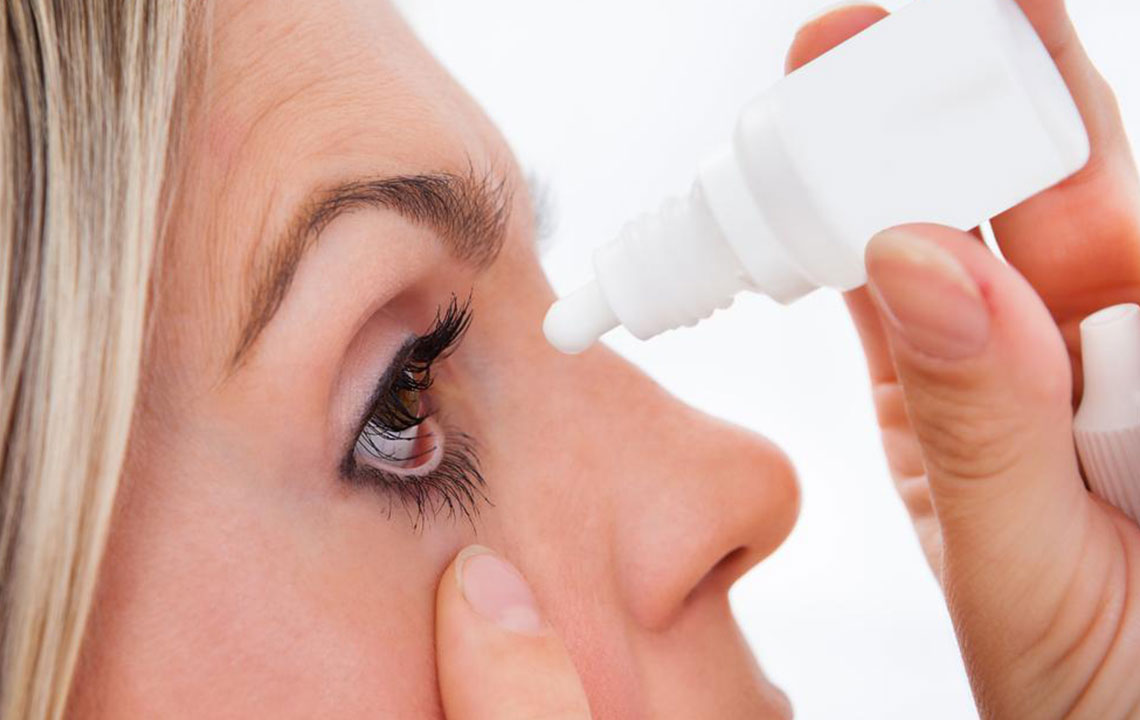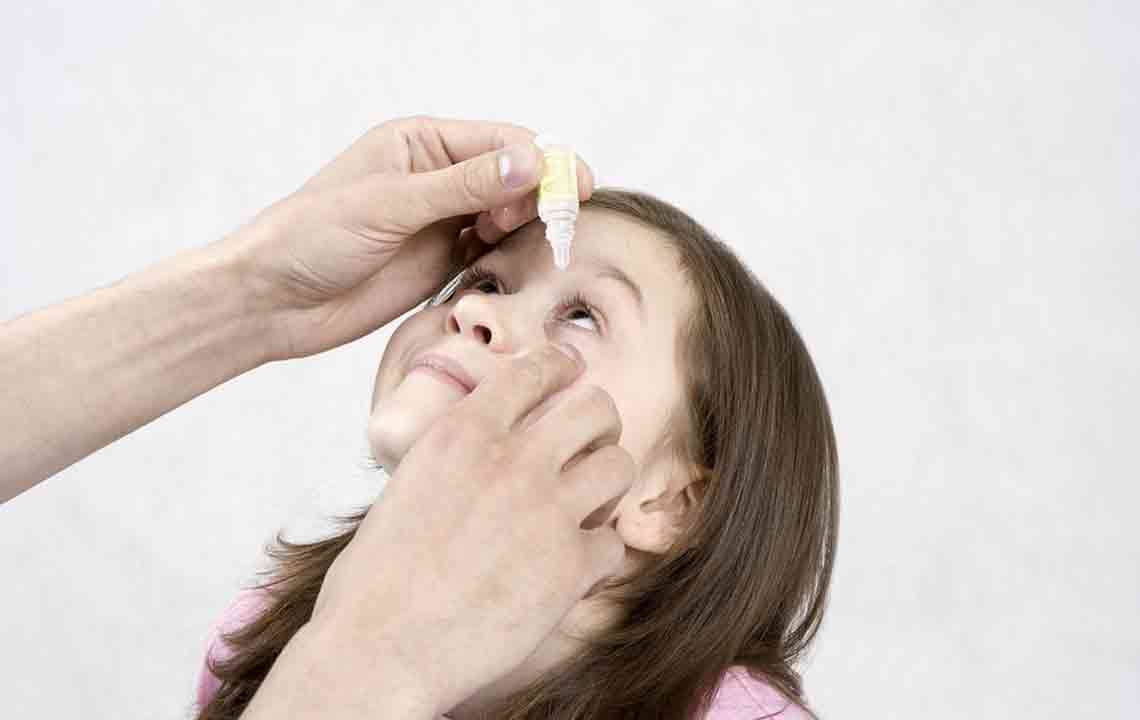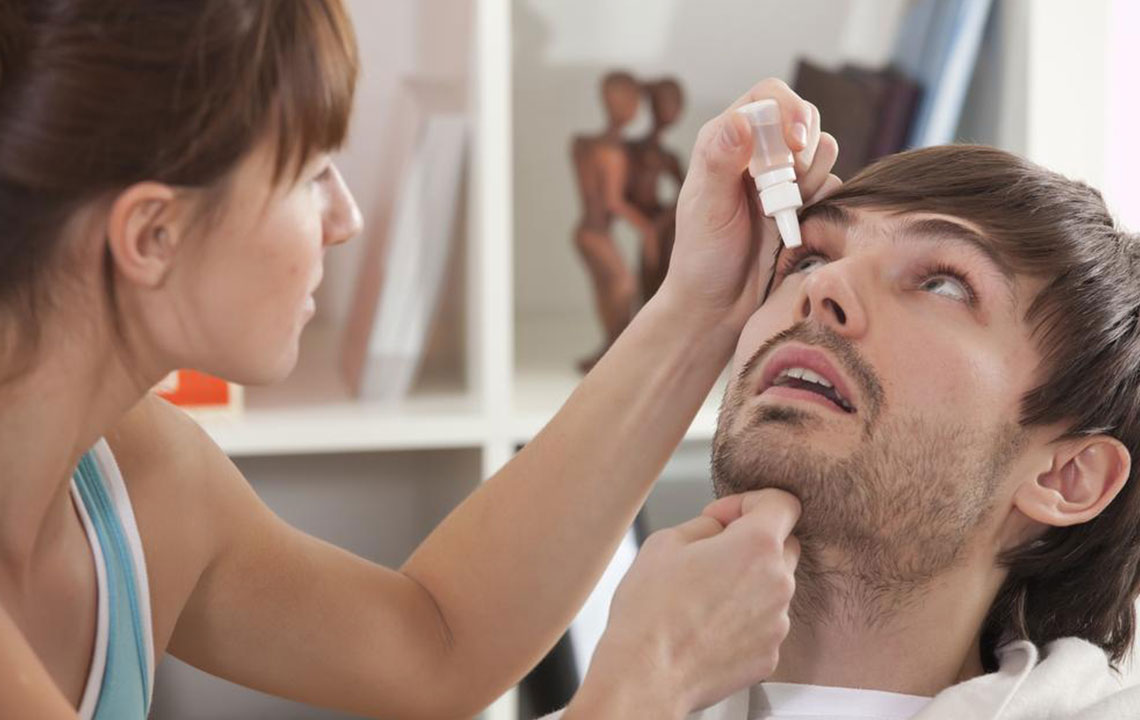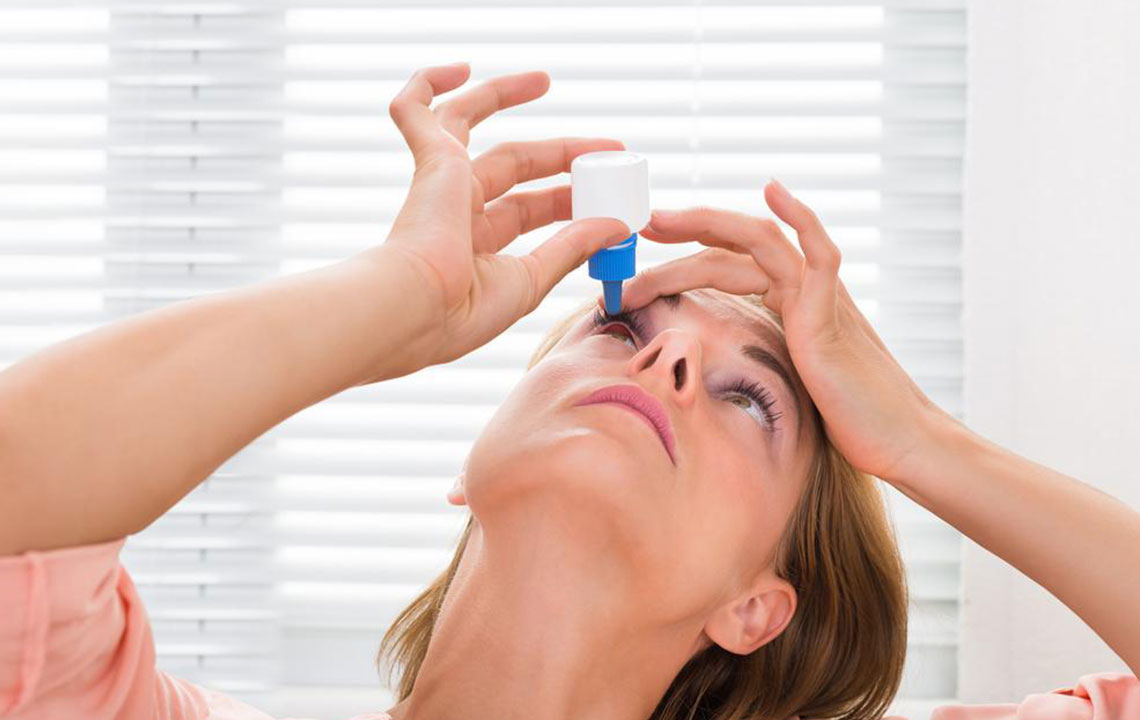Understanding Dry Eyes: Causes, Symptoms, and Remedies
This article provides a comprehensive overview of dry eyes, including causes, symptoms, diagnosis, and treatment options. It emphasizes the importance of early intervention and proper eye care to prevent long-term damage. Learn about tear composition, common triggers, and effective remedies to maintain eye health and relieve dryness symptoms.

Understanding Dry Eyes: Causes, Symptoms, and Remedies
Dry eyes result from the eyes lacking sufficient tear production, leading to inadequate lubrication. This condition causes the eyes to become dehydrated and uncomfortable. Many individuals experience dry eye symptoms at some point, affecting their quality of life.
Common signs include inflammation, scarring, a feeling of grit, blurred vision, burning, redness, tenderness, and a frequent sensation of foreign objects. Sometimes, the eyes produce excess tears as a defense mechanism, causing watering despite dryness.
Prompt treatment is essential to prevent potential damage. Tears are composed of three parts: oils, water, and mucus, each playing a vital role in eye health. These components help ward off infections, flush out dust, and protect the cornea.
The three layers supporting ocular health include oils, mucus, and watery liquid. Lipids prevent tears from evaporating quickly, mucus ensures universal spread across the eye surface, and water keeps the eyes moist. These are produced by specific glands: Meibomian glands secrete oils, lacrimal glands produce water, and goblet cells generate mucus. Any dysfunction among them can lead to dry eye issues.
The Meibomian glands produce the oil layer.
The lacrimal glands secrete the aqueous component, and deficiency leads to aqueous dry eye.
The goblet cells of the conjunctiva produce mucins.
If you're unsure about having dry eyes, consulting an eye specialist is recommended. They will conduct tests to diagnose and prescribe appropriate treatments. Common causes include:
Reduced tear production
Age-related decline
Medications such as antihypertensives, acne treatments, contraceptives, and Parkinson’s drugs
Laser eye surgeries
Hormonal pills, decongestants, antihistamines, antidepressants
Underlying conditions like Sjogren’s syndrome, diabetes, rheumatism, vitamin A deficiency, thyroid issues, or scleroderma
Damage to tear glands from inflammation or radiation
Higher tear evaporation rates
Increased tear evaporation
Exposure to wind, smoke, or dry environments
Inward or outward eyelid turning
Prolonged concentration on screens or reading without blinking
Imbalance in tear components
Diagnosis and Management
Eye tests performed by specialists confirm dry eye conditions. Symptoms alone are insufficient for diagnosis, as they vary. Early diagnosis and understanding underlying causes help prevent recurrence. Treatment options include:
Regular breaks during screen time
Artificial tears to lubricate eyes
Prescription medications to boost tear production and reduce inflammation
Adherence to medical advice for quick recovery










